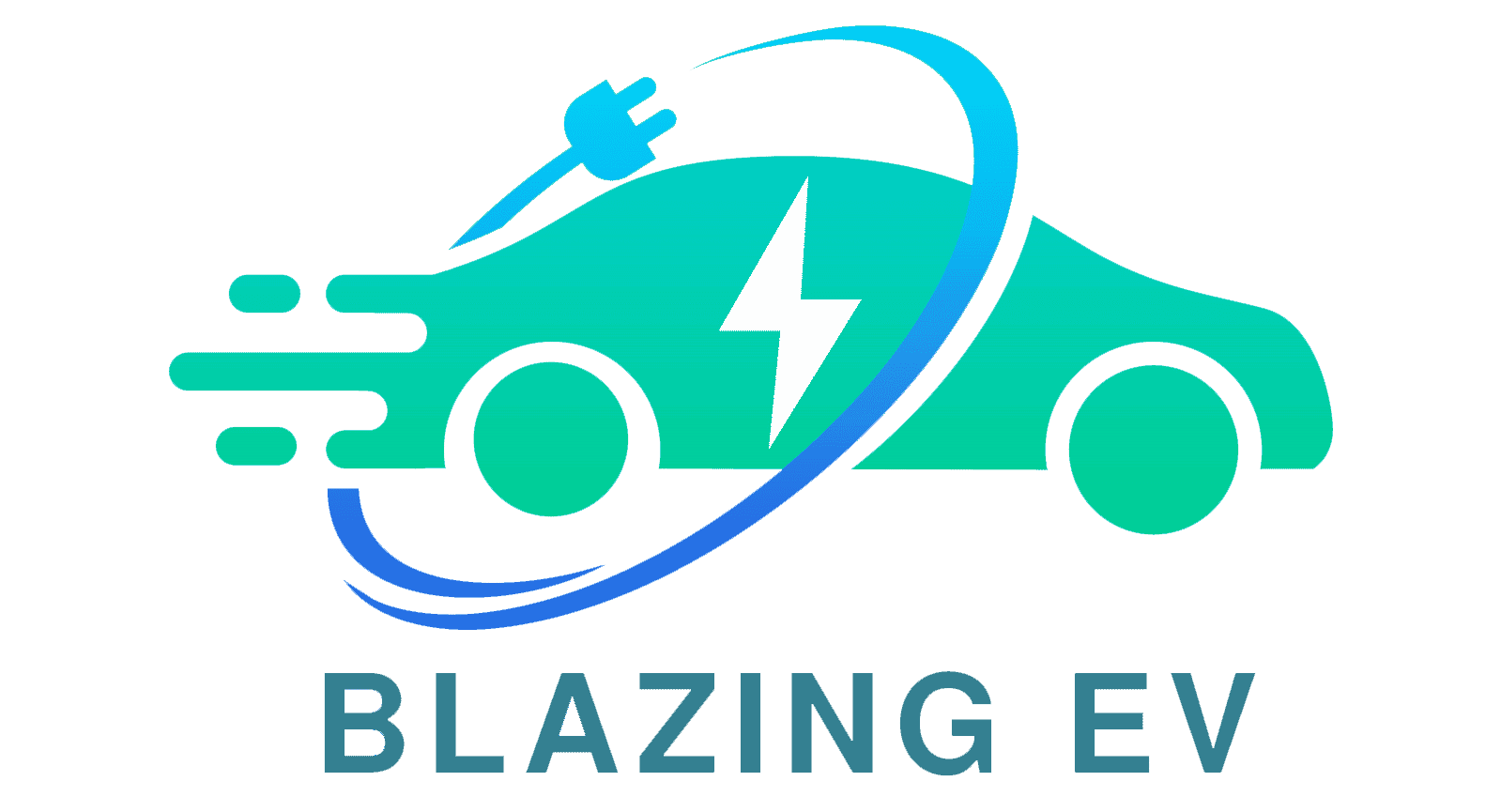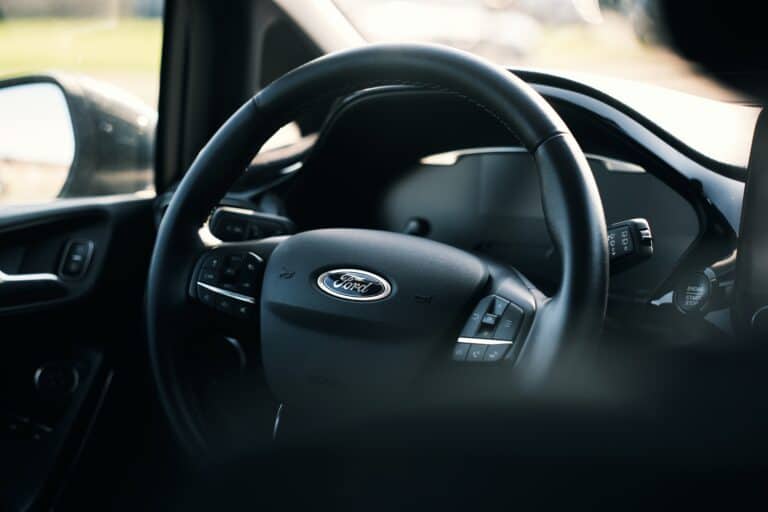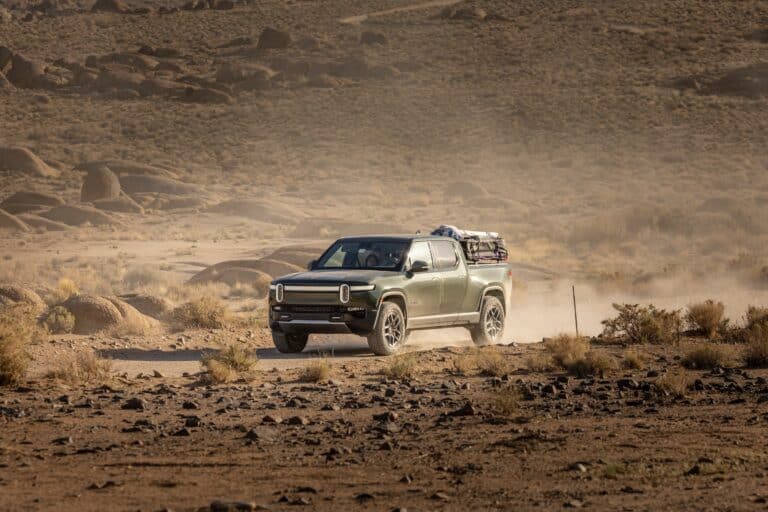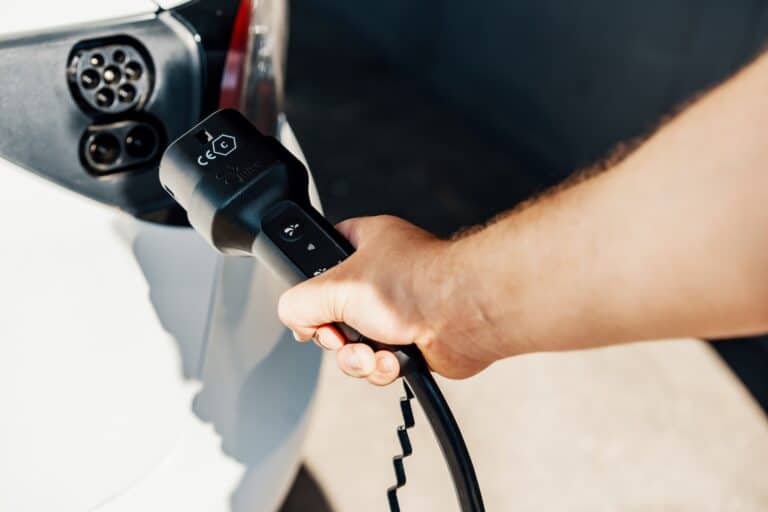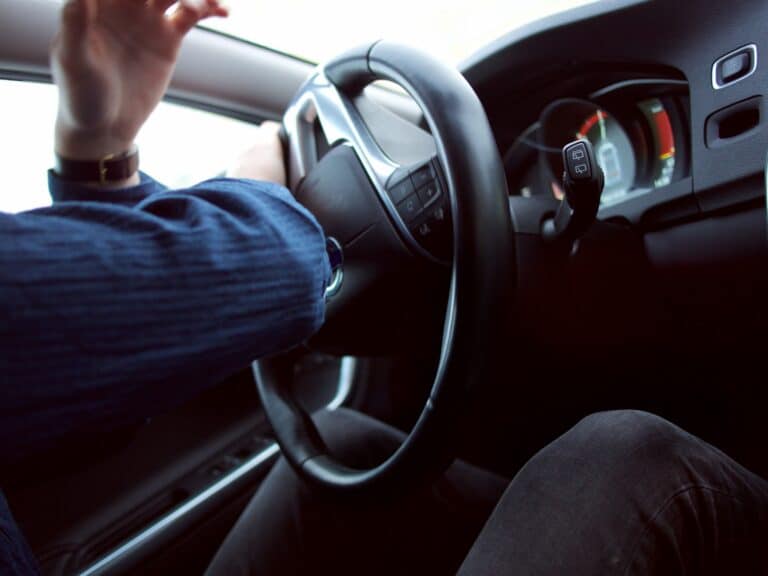Which Vehicle Manufacturers Are Switching to the Tesla NACS
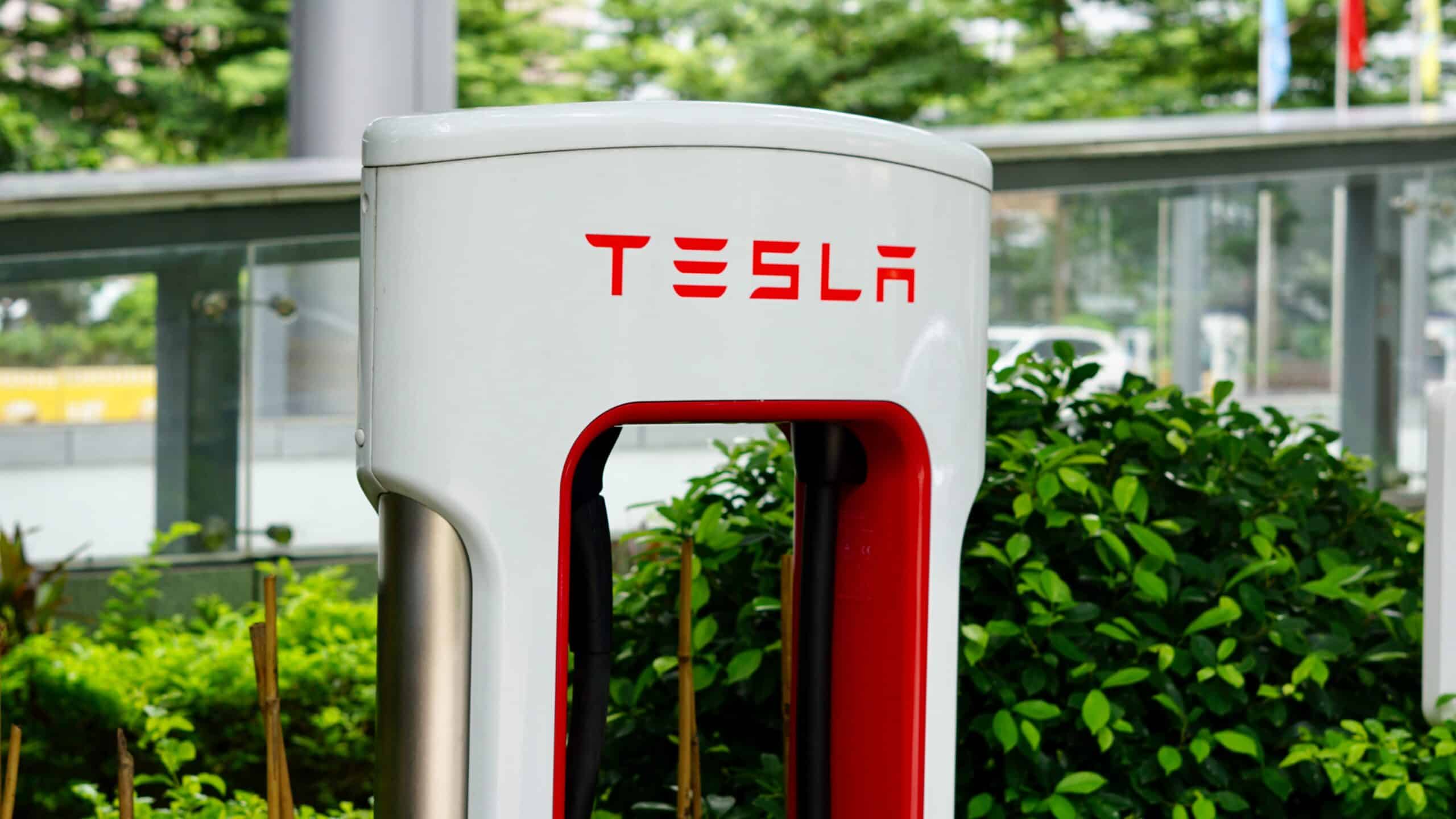
Up until Nov 2022 the Tesla charging connector was a proprietary design that only Tesla could use. In November 2022 they decided to open up the connector and make it an open source design. They named it the NACS short for North American Charging Standard. This would allow any other manufacturer to use the NACS on their vehicle for no charge. This was done to compete with the CCS charging standard that was becoming a standard on non Tesla vehicles especially in Europe where the CCS was required by law to be the standard.
Tesla by far has the biggest charging network in the US. Opening up the NACS connector allows other vehicle manufacturers to put NACS connectors on their vehicles and get support for the Tesla supercharger network without requiring an adapter.
As of 2023 vehicle manufacturers have started to announced plans with Tesla to gain support for the Tesla Supercharger network and switch their vehicles to the Tesla NACS connector instead of the CCS or other connector.
Ford was first to make an agreement with Tesla. On May 25th 2023 Ford announced a partnership with Tesla to bring 12,000 Supercharger locations to Ford Vehicles starting in 2024 and they will switch all new vehicles to the NACS in 2025
Then in early June GM joined the party with CEO Mary Barra announcing the same agreement with Tesla as Ford. GM vehicles will get access to 12,000 Superchargers in 2024 and starting in 2025 switch all new vehicles to the NACS.
Rivian has also joined the party on June 20th they announced plans with Tesla to get access to the Superchargers in 2024 as well as switch to the NACS charging port in 2025. All existing Rivian customers will be able to get a free CCS to NACS adapter for their vehicle and can order additional charge adapters from the Rivian webstore.
Update as of July 2023 Volvo Polestar and Mercedes Benz have all joined the agreement with Tesla to add access to the Supercharget network and switch to the NACS plug
Charging Infrastructure Joining NACS
It’s not just vehicle manufacturers embracing the NACS standard. Charging infrastructure companies are also jumping on board. In early June 2023 EVgo one of the largest charging networks in the US has announced they will be adding the NACS plug to future deployments of their charging stations as well as retrofitting some currently installed stations.
Enel X Way a company that makes both home charging hardware and public DC Fast Charging stations has announced they too will add the NACS connector to their home JuiceBox charger and their DC Fast Charging stations.
Blink Charging another public DC Fast Charger company unveiled a new charger design currently in production that will feature both a CCS connector and an NACS connector to be utilized in upcoming charging station deployments.
ChargePoint another of the largest US charging networks said they were in development of the NACS connector for their products before the car manufacturers jumped on board. Soon they will offer NACS adapters for all of their products both public and home products and offer cost effective retrofit options for currently installed chargers.
Even CharIN a non profit organization with the purpose of helping standardize charging infrastructure recently announced that even though they stand behind the CCS connector they also support the standardization of the Tesla NACS connector.
Electrify America is a notable exception from the switch to NACS. After Fords announcement they put out a statement reaffirming their commitment to the CCS standard. They are arguably the second largest charging network in America behind Tesla. It may be only a matter of time before they too embrace NACS.
Our Take
The fast embrace of the NACS charging standard over the CCS is not surprising. Tesla was a first mover in the charging network space and the built the largest and most convenient charging infrastructure in the U.S. It is arguable whether the CCS or NACS is superior from a technical standpoint. But when looking at it from a cosmetic lens the NACS is far superior. Not only is it sleeker and a better looking design it’s significantly smaller and easier to handle than the CCS. Finally the current NACS implementation with Tesla vehicles is far easier than any other vehicle. With NACS you just drive up to the station and plug it in. Where as with any other charging network you have to use the screen on the charging station and or use the app to start the charger.
With Ford, GM, Rivian and charging companies jumping on board it will put pressure on other manufacturers to follow suit if they want to have access to Tesla Superchargers. Other EV manufacturers will probably also implement the NACS standard in time.
